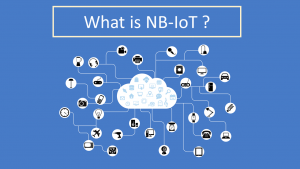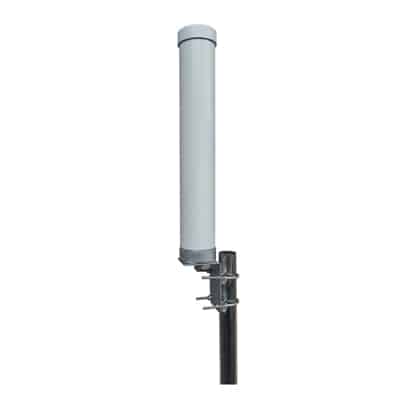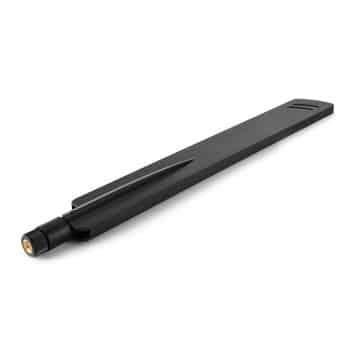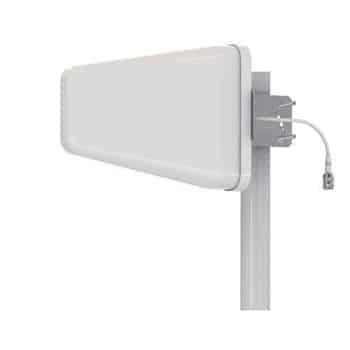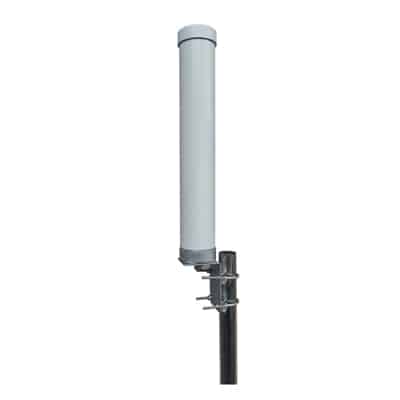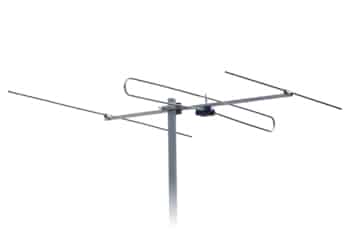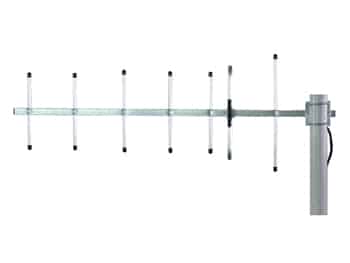
10 benefits of using RFID system
RFID is a very adaptable technology, with uses at every stage of the supply chain. RFID stands for Radio Frequency Identification, and these tags and readers use radio waves to store and send information about an object, like its product number, expiration date, date of production, temperature, and other details. Since the technology’s initial use many years ago, it has seen significant development. RFID tags are being used by well-known companies and stores including Walmart, Amazon, H&M, and Nike to track inventory and improve customer service. An RFID tag or label, along with an RFID antenna and transceiver, make up an RFID system. An RFID reader is frequently created by combining the antenna and transceiver. Here are some advantages of RFID and how it improves businesses from start to finish. What Advantages Do RFID Offer in businesses? Here is a longer list of advantages that this technology brings to organizations before









